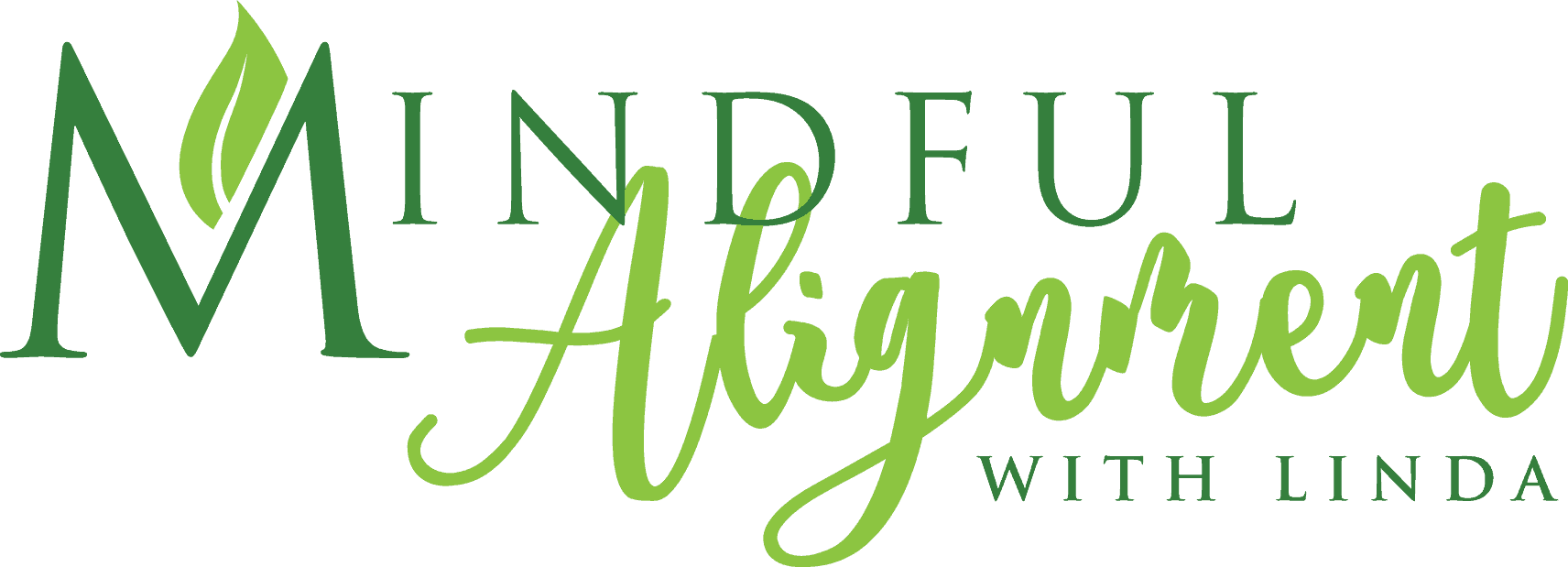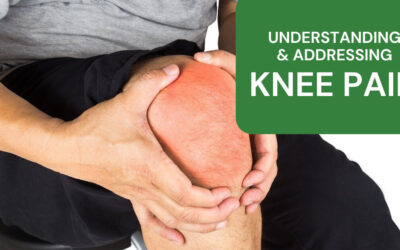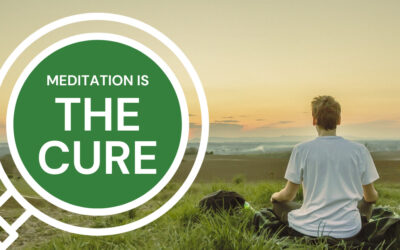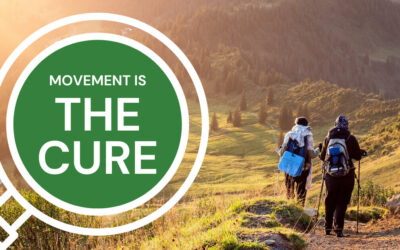Malasana Pose Benefits Lower Body, Hips & Back
A Comprehensive Guide to Building Lower Body Strength, Hip Mobility and Alleviating Back Pain
A Key Yoga Pose that Benefits Lower Body, Hips and Back
Malasana, also known as Garland Pose, is a fundamental yoga pose revered in yoga practices for centuries. Whether you’re an experienced yogi or a beginner on your yoga journey, Malasana offers many benefits for your lower body, hips, and even your back.
The muscles in your thighs (quadriceps and hamstrings), glutes, and hips are the primary targets in Malasana. It involves bending your knees and hips to lower your body toward the ground while keeping your torso upright and your feet planted on the floor. Malasana is a yoga asana, or posture, that engages multiple muscle groups and joints simultaneously, making it an efficient exercise for building strength, enhancing flexibility, and promoting lower back health within the context of yoga practice.
The following are some of the benefits for Your Lower Body, Hips, and Back
Strength Building: Malasana is renowned for its ability to develop lower body strength within the framework of yoga. It engages your quadriceps, hamstrings, and glutes, helping you build lean muscle and increase overall leg strength, which can be crucial for supporting your spine and lower back.
Hip Mobility: Proper Malasana technique involves a healthy range of motion in the hips. Regularly performing this yoga pose can improve hip flexibility and mobility, which is essential for various yoga postures and directly linked to back health.
Alleviates Back Pain: Malasana can be a valuable tool in improving lower back pain. The gentle stretching of the lower back and hips can relieve tension and discomfort in this area. Improved hip mobility also contributes to better spinal alignment, reducing the risk of back pain.
Enhanced Posture and Balance: Malasana encourages good posture by requiring you to lift your chest with your back straight. It also challenges your balance, promoting stability in your yoga practice and daily life.
Calming Effect: This yoga pose can be soothing to the mind and body, promoting relaxation and reducing stress. Stress relief is linked to decreased muscular tension, which can contribute to back pain.
Digestive Health: Malasana can facilitate digestion by gently compressing the abdominal area, potentially aiding digestion and detoxification processes, further contributing to overall well-being.
Poor hip mobility can often lead to lower back pain. When the hips lack flexibility, the lower back compensates by moving more, which can result in strain and discomfort. Here’s how improved hip mobility through poses like Malasana can help alleviate back pain:
Spinal Alignment: Enhanced hip mobility allows the pelvis to maintain better alignment with the spine. This alignment reduces the strain on the lower back muscles and ligaments, minimizing the risk of pain and injury.
Less Lumbar Stress: Improved hip mobility reduces the need for excessive lumbar (lower back) flexion during activities like bending and lifting, reducing the risk of acute or chronic back pain.
Strengthening Supporting Muscles: Hip mobility exercises like Malasana engage the muscles surrounding the hips and lower back, providing additional support to the lumbar spine, which can alleviate discomfort.
Proper Malasana form is essential to fully experience its benefits while minimizing the risk of discomfort or injury.
Follow these steps to perform Malasana:
- Stand tall at the front of your yoga mat, with your feet slightly wider than hip-width apart.
- Turn your toes slightly outward with your heels in and toes out. This toe turnout will facilitate the squatting movement.
- Bend your knees and lower your hips toward the floor. Keep your back straight and your chest lifted. Try to lower yourself until your buttocks are close to your heels.
- Place your hands together in a prayer position (Anjali Mudra) and bring your elbows inside your knees. Press your elbows against your inner thighs to help open your hips.
- Lengthen your spine by extending the crown of your head toward the ceiling. Ensure your back remains straight.
- Breathe deeply and hold the pose for 30 seconds to 1 minute, or as long as comfortable.
- To exit the pose, press into your feet and return to a standing position. Shake out your legs if needed.
Remember to prioritize proper form and practice regularly. The pose can be modified by using props like a block or cushion under your heels if you feel discomfort or strain. Engage your core to support your lower back and protect against potential strain. And finally, gradually increase the duration you hold the pose as your flexibility improves.
Incorporating Malasana, or Garland Pose, into your yoga practice can transform your lower body strength, hip mobility, and overall well-being, especially when addressing and alleviating back pain.
Bottom Line: Whether your goal is to build muscle, improve posture, or experience the calming benefits of yoga, Malasana is a versatile posture that can help you achieve your yoga and fitness goals while promoting a healthy back.
Regular Movement, Strengthening and Stretching are Essential for Flexibility and the Reduction of Pain
Here are a few videos to help guide you on your mobility journey:
Are you tired of living with pain?
Are your activities and daily choices determined by your level of pain?
Are you ready to change your life for the better and gain back your physical freedom?
My unique and custom designed approach comes from years of training, education and experience. Together, we will get you back to living pain free and enjoying life.
Sign up for a private session today
It’s never too late to try something new.

Related Articles:
Understanding and Addressing Knee Pain
Knee Pain is a Common Ailment Knee pain is a common ailment that can significantly impact daily life, hindering mobility and causing discomfort. Understanding the causes and managing knee pain is essential for maintaining overall well-being, whether it's due to...
Meditation is the CURE
Meditation has gained recognition for having a profound effect on the mind and body, leading to improved overall health and longevity.
Movement is the CURE
Including movement into your day can be the cure to many health issues that plague us later in life. Movement has incredible benefits to overall health and helps promote longevity.



